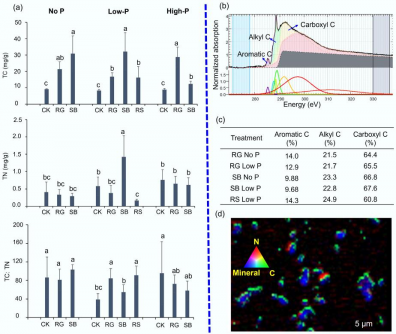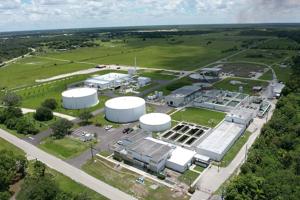UPDATE: In a groundbreaking study, researchers from The University of Queensland have confirmed that native halophytes can effectively transform toxic bauxite residue (BR) into nascent soil. This urgent discovery offers a sustainable solution to one of the world’s most pressing environmental challenges, as billions of tons of this harmful byproduct are currently stored worldwide.
The study, published on September 24, 2025, in the journal Energy & Environment Nexus, reveals the potential of these resilient plants to stimulate mineral weathering and contribute organic carbon directly through root activity. This innovative approach could drastically reduce reliance on costly chemical amendments traditionally used for rehabilitation.
Bauxite residue, a byproduct of aluminum production, presents a severe environmental hazard due to its extreme alkalinity and salinity, which inhibit natural vegetation and soil formation. Conventional methods to neutralize these effects typically involve expensive inputs like gypsum and imported organic matter. The new findings suggest a much more cost-effective and eco-friendly alternative.
For nearly three years, the research team, led by Longbin Huang, conducted field experiments that showcased the powerful impact of halophytic plants on BR. These plants reduced pH levels from >9.5 to between 8.5 and 9.0 and electrical conductivity to below 3.0 mS·cm−1, effectively meeting established rehabilitation criteria.
The scientific analysis employed advanced techniques, including quantitative X-ray diffraction (qXRD) and synchrotron-based X-ray absorption fine structure spectroscopy (XAFS), to assess the mineralogical and chemical changes in BR. The results were striking: the colonization of halophytes decreased the presence of sodalite-like minerals from 10-14% to 60%, indicating significant mineral weathering and organic carbon enrichment.
“This study provides the first field-based evidence that native halophytic plants can biologically drive the early stages of soil formation in alkaline, organic-deficient bauxite residue,”
stated Huang. The implications of these findings are profound, as they pave the way for restoring ecosystems previously thought beyond recovery.
The research not only highlights the transformative power of these plants but also contributes to long-term soil stability, carbon sequestration, and biodiversity restoration. By fostering organo-mineral interactions, halophytes create favorable conditions for subsequent vegetation, crucial for ecological resilience.
As the world grapples with environmental degradation, this innovative plant-based eco-engineering approach stands out as a promising strategy for rehabilitating large-scale BR disposal sites. The study was supported by the Australian Research Council, alongside industry partners Rio Tinto and Queensland Alumina Ltd.
With the findings from this pivotal research, the environmental rehabilitation sector may soon embrace a new paradigm focused on sustainability and efficiency. The emphasis on utilizing native plants not only reduces costs but also enhances ecological health, making this a major breakthrough that could resonate globally.
Stay tuned for further developments as this research unfolds, potentially revolutionizing how we approach environmental restoration and waste management.







